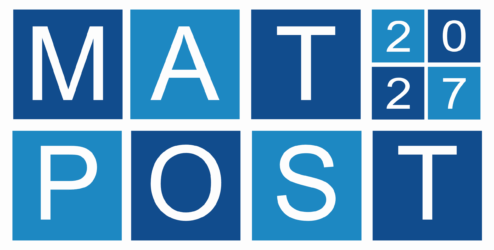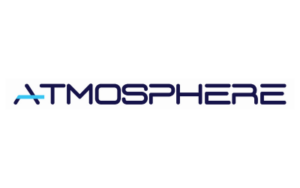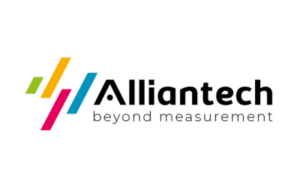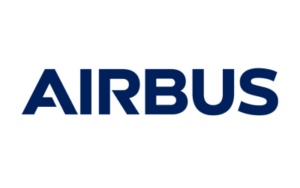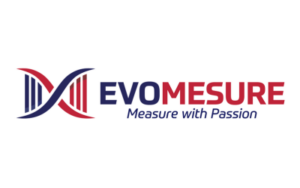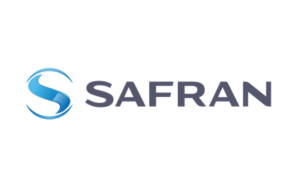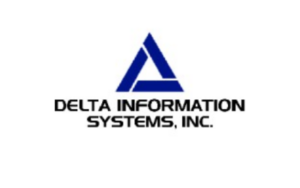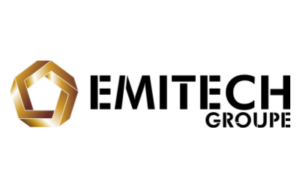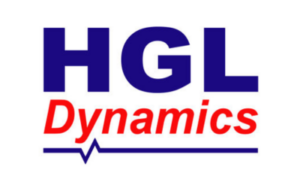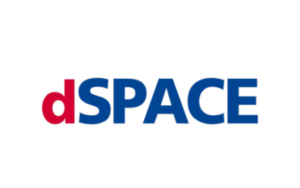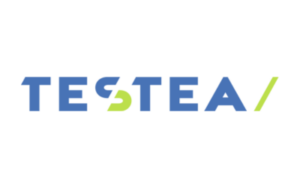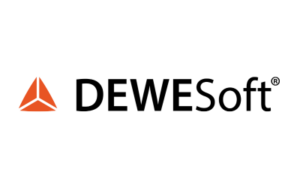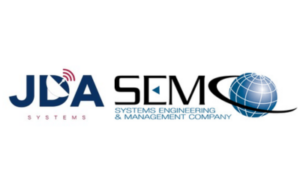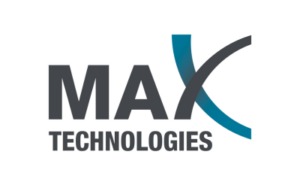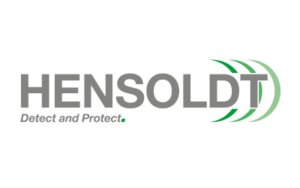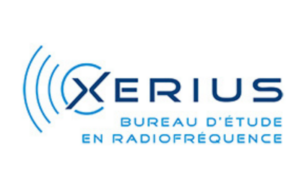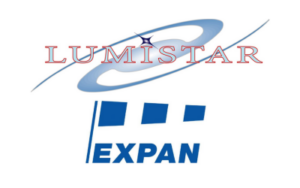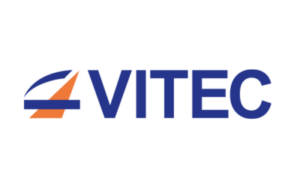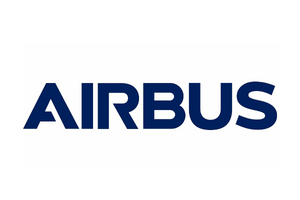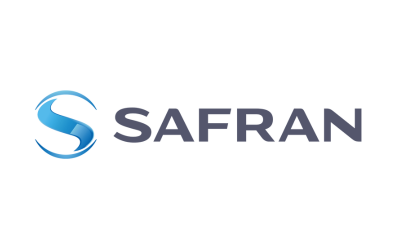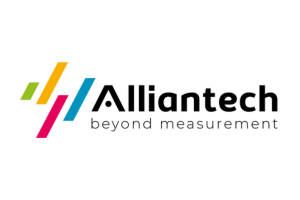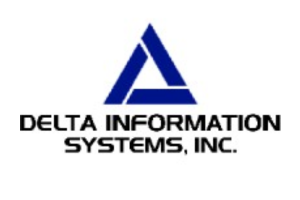Blaise Barbe, Davy Ralliard Rousseau, Isabelle Carpentier and Louis-Marie Lecoeur -Safran Data Systems
SAFRAN DATA SYSTEMS is a leading telemetry and safety solutions provider with legacy customers such as Ariane and Vega and a growing customer base from New Space companies worldwide (America, Asia, Europe). To better prepare for the New Space era, a product line of satellite based telemetry solutions is developed to address all types of vehicles, trajectories, and spaceport requirements.
*PROPOSAL*
Traditional telemetry communication systems rely on ground stations located along the trajectory, which are costly to install and maintain, and constrain the possible trajectories.
For satellite based telemetry systems, the onboard unit takes its inputs from the vehicle, and transmits the telemetry information on a set of antennas. The transmission addresses communication satellites, but also ground stations if available.
These solutions are compatible with commercial communication satellites, in the L-band, but evolution to S-band and other frequency bands is already considered.
Special care has been taken to give full coverage for any space port on Earth (on the mainland and/or sea-based) and any trajectories, even polar based, with a comfortable link budget at all times, by selecting sufficient satellites.
At the same time, configuration has been kept as simple as possible to enable last-minute frequency changes or trajectory adjustments.
In fact, the communications systems does not require to know the actual trajectory ahead of time, and uses the position and attitude of the vehicle as inputs.
In preparation of the flight, the reservation of communication beams has also been optimized.
A specific mode for spaceport safety assessment will be included, so that the very same system can also be used for ground-based Flight Termination Systems which require continuous and low-latency telemetry reporting for the first minutes of flight, regardless of vehicle position and attitude.
A first demonstration flight is coming up in 2025, thanks to the partnership with VIASAT.
The ultimate solution will weigh less than 5kg, including antennas, excluding cabling.
*SYNTHESIS*
Safran Data Systems’ satellite based telemetry transmission system could prove to be the ideal solution for fast and easy recovery of flight data for the coming launch vehicles, for sizes ranging from nano to heavy.
*FURTHER EXTENSION*
Safran is also developing a prototype of uplink data transmission to the vehicle, this could be used for numerous applications, from inflight telemetry selection, return trajectory synchronisation, etc..

